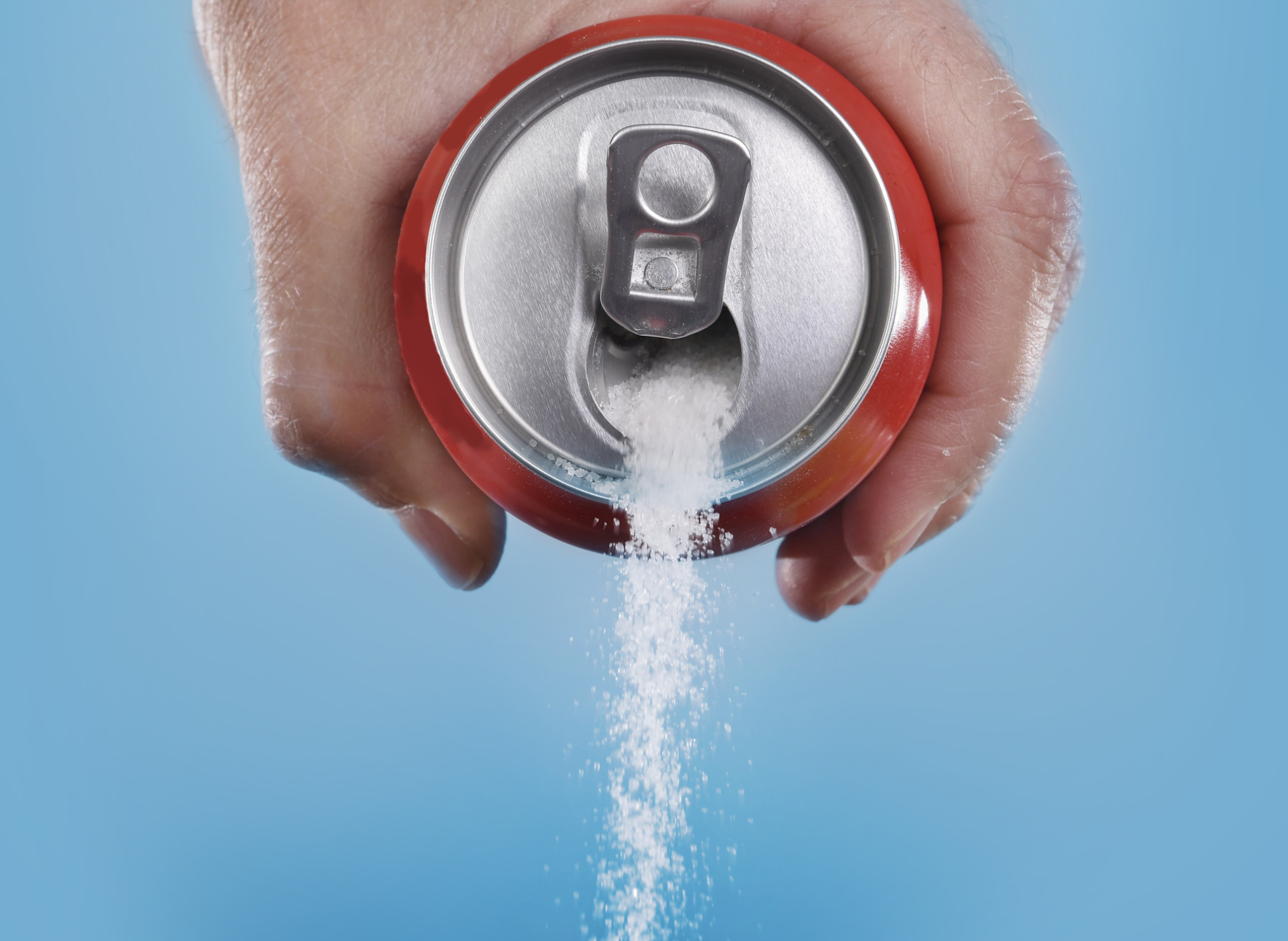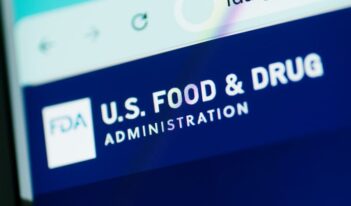
The FDA has proposed adding to product labels daily percentages for added sugars.
It is difficult to comprehend what the thirty-one grams of sugar typically found in one serving of cranberry juice looks like. Current nutrition labels provide no guidance on the issue. Although fat and sodium are listed on every food product’s nutrition label with a daily percent value, added sugars fail to receive the same treatment even though evidence has shown that consuming too much sugar can increase the risk of heart disease, diabetes, and obesity.
The U.S. Food and Drug Administration (FDA) is now looking to close the gap. The agency recently issued a supplemental proposed rule that would update the contents of the nutrition facts on food product labels to include the percent daily value for added sugars. This value would be based on a recommendation that the daily intake of sugar calories should not exceed ten percent of total calories, according to the FDA fact sheet on the new proposed labels.
Since the nutrition-labeling requirement was first introduced in 1994, nutrition facts labels have not changed significantly, except for the addition of trans fat to the label in 2006. This new proposal will create one of the most significant changes the nutrition facts label has seen since its inception.
Earlier this year, the World Health Organization (WHO) issued a new guideline strongly recommending that adults and children reduce their daily intake of free, or added, sugars to less than ten percent of their total caloric intake to diminish the risks from non-communicable diseases, such as obesity and heart disease. The WHO included a conditional recommendation calling for reducing sugar intake to less than five percent, if possible.
The WHO report addressed added sugars only—not the sugars naturally present in foods such as fruits, vegetables, or milk products. Similarly, the daily value limit in the FDA’s proposed rule would list added sugars, including artificial sweeteners, and would not include naturally occurring sugars. In addition to raising consumer awareness about the potential risks of certain food products, the FDA hopes that revised labels may encourage producers of sugary food and drinks to change the existing product into a healthier alternative.
The supplemental proposal, if implemented, would also shorten the explanatory footnote on the nutrition facts label to help consumers better understand the concept of a percent daily value. The new footnote would state that “the percent daily value (%DV) tells you how much a nutrient in a serving of food contributes to a daily diet. 2,000 calories a day is used for general nutrition advice.” The new explanatory footnote would allow for more space on the label and would simplify the footnote’s content for greater consumer accessibility, according to the FDA.
The proposed FDA rule does have its opponents. In response to the FDA’s original proposal issued last year—which called for listing added sugars without a daily value percent—the Sugar Association submitted a comment to the agency opposing the inclusion of added sugars in the nutrition labels. The association, founded by members of the U.S. sugar industry, argued that the “lack of science to justify ‘added sugars’ labeling sets an alarming precedent for…future food product labeling regulations.” The industry also claimed that the FDA lacked evidence supporting the notion that added sugars labeling is necessary for a healthier lifestyle.
Demonstrating a trend towards heightened consumer awareness in food products, cities and localities are also beginning to consider new laws that would highlight the risks of excessive sugar consumption and would seek to supplement the proposed federal regulation. Earlier in the summer, San Francisco adopted a new rule requiring all soda and soft drink advertisements to include a warning to consumers, alerting them of the health risks of added sugars. Almost immediately after San Francisco adopted its ordinance, the American Beverage Association filed a lawsuit and sought an injunction against the city, challenging the ordinance on free speech grounds. The lawsuit is still pending in federal court, and the City of San Francisco has not yet filed an answer.
Public comments may be submitted on the FDA’s supplemental proposal until October 13, 2015.



